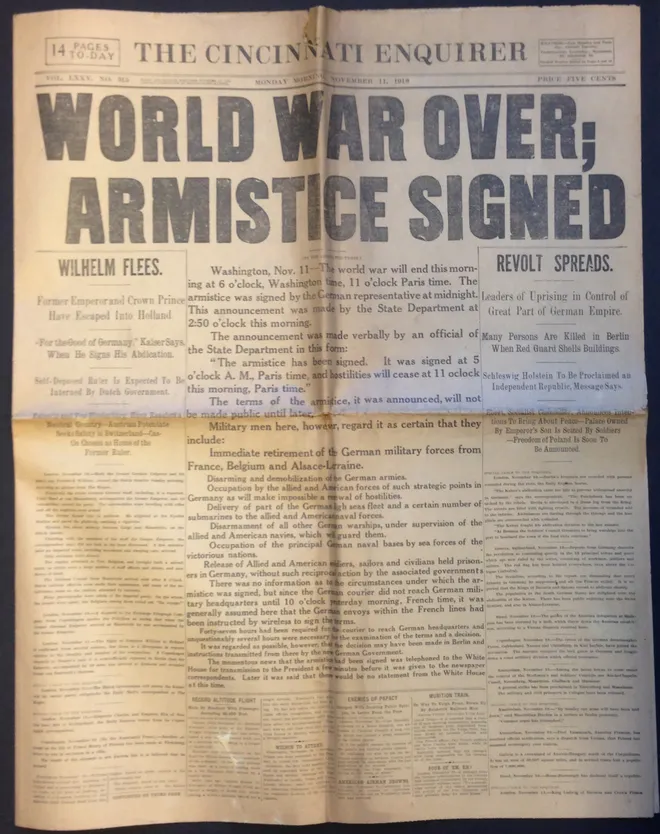During the heart of the Great War, or what we now know as World War I, a significant event took place that would shape the course of global history: The Armistice of Compiègne. This ceasefire agreement signaled the end of the fighting on the Western Front and thereby the imminent conclusion of World War I. Major consequences and repercussions followed from this historic agreement.
This important event happened on November 11, 1918, at the dawn of the 11th hour. In a railway carriage in the heart of the Forest of Compiègne, about 60 kilometers north of Paris, leaders from both sides met to sign the armistice. The document put an end to the atrocities of a war that had raged for more than four years and claimed over 16 million lives.
Impact of the Event
This armistice not only brought an end to World War I but also set the stage for the peace negotiations that would be solidified in the Treaty of Versailles in June 1919. The agreements and reparations laid out in both the armistice and the subsequent treaty would go on to shape the next decades of global history, leading in part to the conditions for World War II.

Fun Facts for Kids
1. Did you know the agreement was signed in a railway carriage? This train wasn’t just any old train, it was one of the most luxurious trains of its time, owned by the French general Ferdinand Foch.
2. The specific time the armistice went into effect is very significant. It happened on the 11th hour of the 11th day of the 11th month. Because of this, Armistice Day (now known as Veterans Day in the United States) is often commemorated at 11 am.
Educational Activities
1. Create a time-line of World War I: Help kids understand the chain of events starting from the assassination of Archduke Franz Ferdinand to the signing of the Armistice.
2. Draw a poster: Kids could create a poster about Armistice Day and what it represents.
3. World War I poetry: Many soldiers wrote poetry during the war. Sharing these could be a good opportunity to get kids interested in literature and history at the same time.
Conclusion
The Armistice of Compiègne marked a critical turning point in global history, ending the First World War and setting the course for the 20th century. November 11 serves as a reminder of this pivotal moment and the profound impact it had on shaping world events. It’s a day that chooses not to celebrate the war, but the peace that came after; a symbolic moment when the guns finally fell silent.
References
1. “Armistice Day 100 years on: World remembers end of WWI”. CNN. November 11, 2018.
2. “World War I ends”. History. November 11, 2009.
3. “Compiègne Armistice”. Encyclopædia Britannica. November 11, 2020.
4. “The Armistice of 11 November 1918”. The British Library. November 4, 2017.
5. “The Armistice – 11 November 1918”. Imperial War Museum.







What do you think?
Show comments / Leave a comment